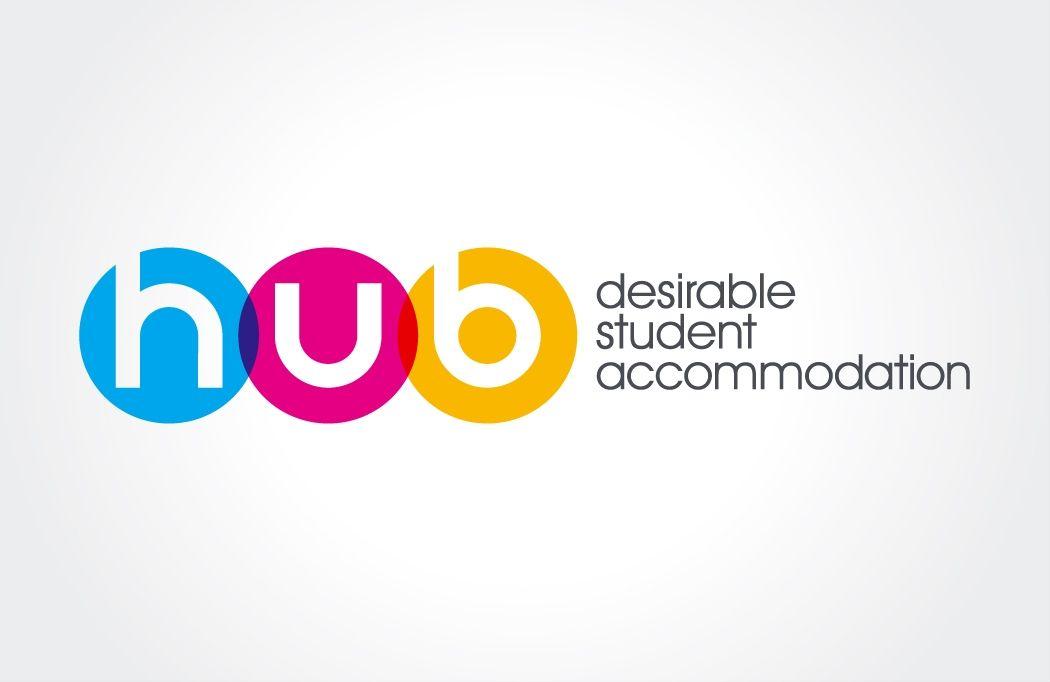Are you looking to create a captivating logo for your hub or community? A well-designed logo serves as the visual cornerstone of your brand identity, helping you establish a strong presence and leave a lasting impression on your target audience. In this guide, we will explore various hub logo ideas and provide you with valuable insights to help you design a logo that reflects your brand’s essence and resonates with your community. From concept development to color palettes and typography choices, we’ve got you covered. Let’s dive in!
Understanding the Importance of a Hub Logo

Before delving into the world of hub logo design, it’s essential to understand why a logo holds significant value for your brand. A logo serves as the face of your hub, acting as a visual representation of your mission, values, and aspirations. It is often the first point of contact that people have with your brand, making it crucial to make a positive and memorable impression.
1. Researching Your Hub’s Identity

The first step in creating a compelling hub logo is to gain a clear understanding of your hub’s identity. Start by asking yourself the following questions:
What is the Purpose of Your Hub?
Identify the central purpose that your hub serves. Is it a space for like-minded individuals to connect, collaborate, and share ideas? Is it a platform for specific industries or interests? Understanding your hub’s purpose will help you define its unique identity and guide your logo design process.
Who is Your Target Audience?
A comprehensive understanding of your target audience is vital for creating a logo that resonates with them. Consider their demographics, interests, and preferences. Are they professionals, students, or hobbyists? By knowing your audience, you can tailor your logo design to capture their attention and establish a connection.
What Differentiates Your Hub?
Analyze your hub’s unique selling points and competitive advantages. What sets you apart from other hubs in your niche? Identifying your hub’s differentiating factors will enable you to convey them visually through your logo.
2. Concept Development
Once you have a clear understanding of your hub’s identity, it’s time to brainstorm logo concepts that align with your brand’s essence. Here are some ideas to get you started:
Symbolic Representation
Consider using symbols or icons that represent the core values or activities of your hub. For example, if your hub focuses on technology, incorporating elements like gears or circuitry into your logo can symbolize innovation and connectivity.
Abstract Visuals
Explore the use of abstract shapes or patterns that convey a sense of inclusivity and community. Abstract visuals can be versatile and allow for creative interpretations, making them an excellent choice for hubs that cater to diverse interests.
Lettermarks or Wordmarks
If your hub has a distinct name or acronym, consider creating a logo using lettermarks (also known as monograms) or wordmarks. These typography-based designs can be visually striking and help build brand recognition.
Mascots or Characters
Introducing a mascot or character into your logo can add personality and charm to your hub’s visual identity. Mascots can be designed to reflect the characteristics and values of your community, creating a sense of relatability and approachability.
3. Color Palette Selection

Colors play a fundamental role in logo design, as they evoke emotions and convey specific meanings. When choosing a color palette for your hub logo, consider the following:
Reflecting Your Brand’s Identity
Your hub’s colors should align with its identity and purpose. For example, if your hub focuses on environmental sustainability, incorporating shades of green and blue can evoke feelings of nature and harmony.
Creating Contrast and Legibility
Ensure that your chosen colors create sufficient contrast to ensure legibility across various mediums. Consider the background on which your logo might appear and adjust the color palette accordingly.
Limiting the Palette
While it may be tempting to include a multitude of colors, it’s generally advisable to limit your color palette to two or three main colors. This ensures visual cohesiveness and avoids overwhelming the viewer.
4. Typography Choices

The typography you select for your hub logo can greatly impact its overall aesthetic and convey certain characteristics. Here are some considerations when choosing typography:
Typography Styles
Consider the style of typography that best aligns with your hub’s identity. Serif fonts convey a sense of tradition and elegance, while sans-serif fonts tend to appear modern and minimalistic. Script fonts can evoke creativity and a personal touch.
Legibility and Scalability
Ensure that the chosen typography is easily legible, even at smaller sizes. It should remain clear and retain its visual impact when scaled down for various applications, such as social media profiles or merchandise.
Combining Fonts
Experiment with combining different fonts to create a visually appealing and harmonious composition. Pairing a bold, attention-grabbing font with a more subtle, complementary font can create an interesting contrast and hierarchy.
5. Iteration and Feedback

Once you have developed a concept, selected a color palette, and chosen typography, it’s time to create your initial logo designs. Start by sketching out rough ideas and then bring them to life using digital design tools. Remember that the first iteration is rarely the final version, so be open to feedback and iteration.
Seeking Feedback
Share your logo designs with a diverse group of individuals, including members of your target audience and colleagues. Encourage them to provide constructive feedback on the design, ensuring that it aligns with your hub’s identity and resonates with your intended audience.
Iterating and Refining
Based on the feedback received, refine your logo design by incorporating suggestions and making necessary adjustments. Iterate through multiple versions until you arrive at a final logo that truly captures the essence of your hub.
6. Implementing Your Hub Logo

Congratulations on finalizing your hub logo design! Now it’s time to implement it across various touchpoints to create a cohesive brand identity. Consider the following implementation strategies:
Digital Presence
Ensure that your logo is optimized for online platforms, such as your hub’s website, social media profiles, and email signatures. Consistency in size, placement, and color is crucial to establishing a strong online presence.
Print Collateral
Printed materials, such as business cards, brochures, and banners, provide an opportunity to showcase your hub logo in the physical realm. Ensure that your logo is appropriately scaled and retains its visual impact when transferred to different print media.
Merchandise and Swag
Consider leveraging your hub logo to create merchandise and swag items. From t-shirts and tote bags to stickers and mugs, these items not only promote your hub but also foster a sense of belonging among your community members.
Conclusion

Designing a hub logo that captures the essence of your brand and resonates with your community requires thoughtful consideration and a clear understanding of your hub’s identity. By conducting thorough research, exploring various concept ideas, carefully selecting colors and typography, and seeking feedback throughout the design process, you can create a logo that becomes an integral part of your hub’s visual identity. Remember, a well-designed logo will help you establish a strong brand presence and leave a lasting impression on your target audience. Best of luck in your logo design journey!
Barry Edwards is a digital marketing expert with a deep understanding of content strategy, logo, and branding principles. Holding a Bachelor’s degree in Marketing from Beaconhill College, he offers valuable insights on digital marketing trends and strategies through his writing. Follow Barry’s work to stay updated on the latest in online marketing and branding.



